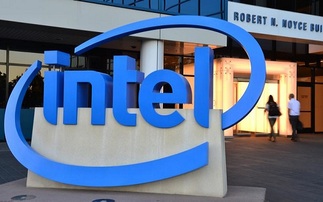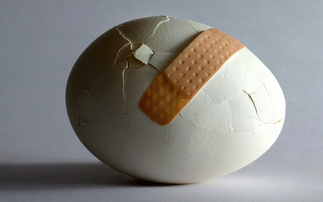Second-generation Niagara CPU also adds more threads and will fill Sun Fire servers this year
Sun has formally announced its Niagara II processor line, saying that it is on track to slot the chips into its next generation of servers later this year. The boxes are likely to set a new benchma...
To continue reading this article...
Join Computing
- Unlimited access to real-time news, analysis and opinion from the technology industry
- Receive important and breaking news in our daily newsletter
- Be the first to hear about our events and awards programmes
- Join live member only interviews with IT leaders at the ‘IT Lounge’; your chance to ask your burning tech questions and have them answered
- Access to the Computing Delta hub providing market intelligence and research
- Receive our members-only newsletter with exclusive opinion pieces from senior IT Leaders

















